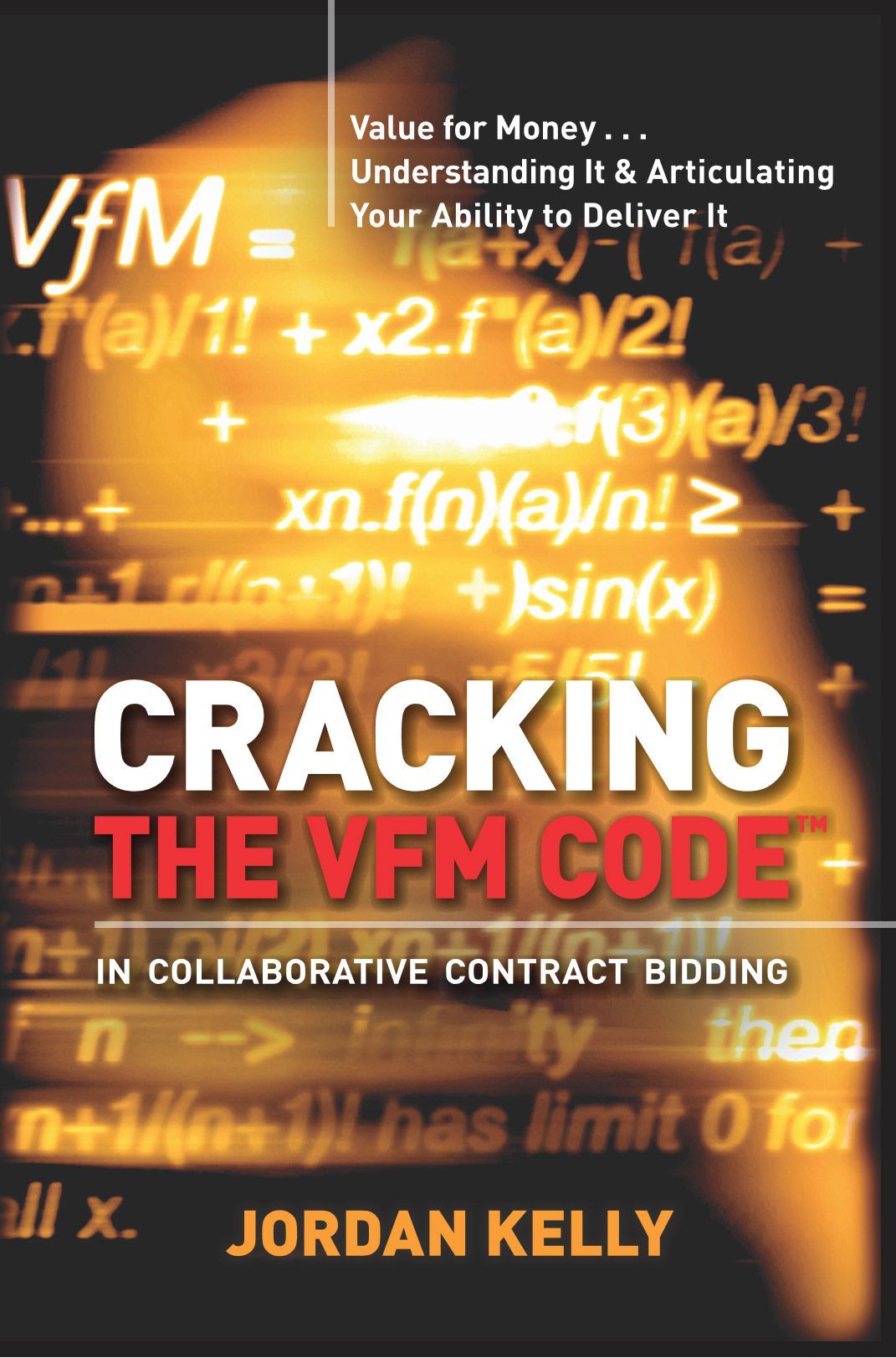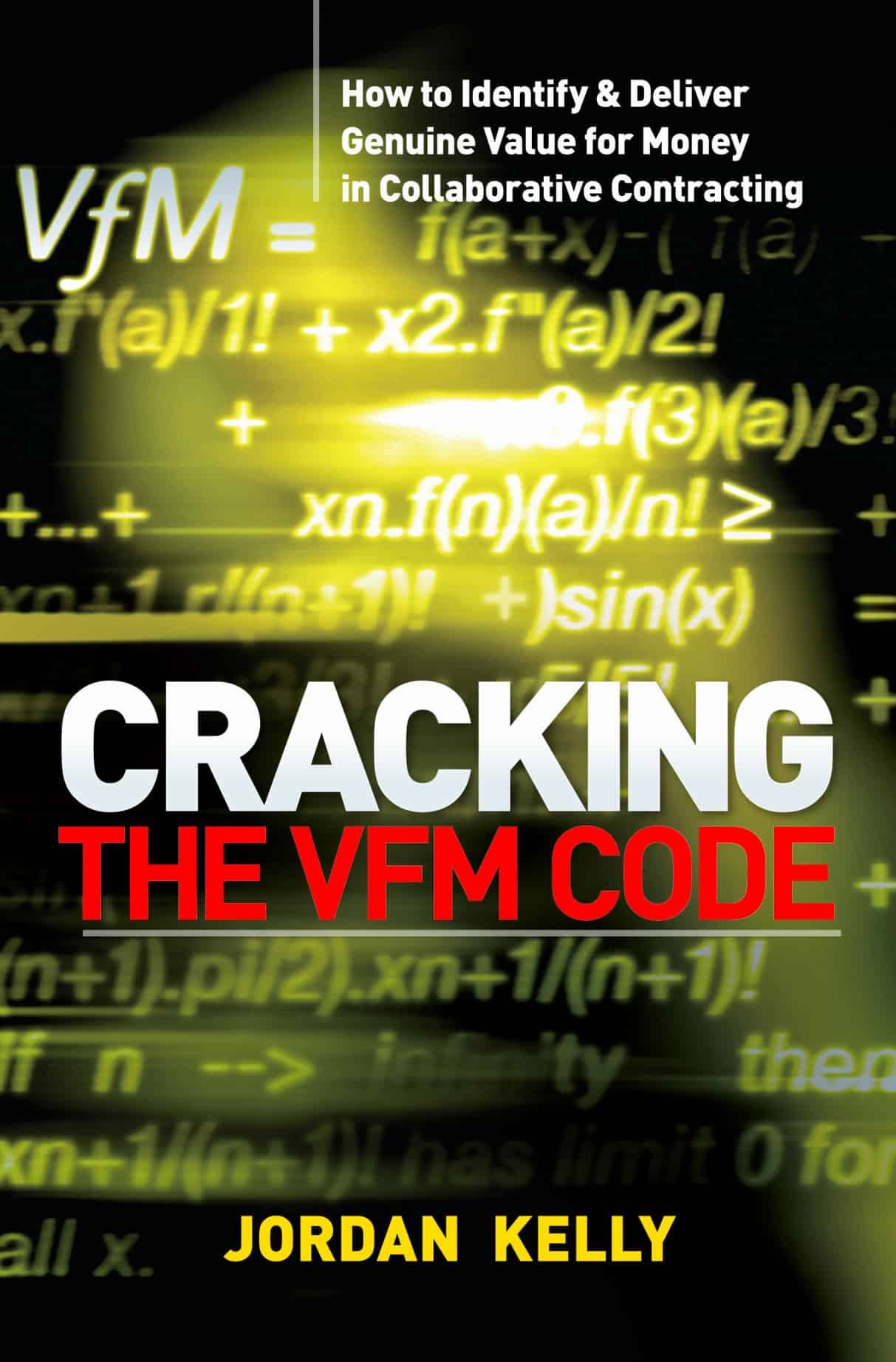CATEGORIES:

Some questions in a client organisation’s Request for Proposal (RFP) documentation appear to invite particularly standardised answers . . . and bidders usually give in to the temptation to cut and paste their responses from the last 17 submissions they produced.
After all, how do you make the answers to such standard, black-and-white, non-subjective sections anything other than a standard response?
Easily.
You get inside the client’s or customer’s head.
To avoid coming off like a cut-and-paste, a textbook, or an excerpt from your procedures and policies manual, don’t even put fingers to keyboard until you’ve thought deeply about the following points, as they relate to the specific question the client’s documentation is asking:
- What is the client’s underlying concern?
- What are they seeking comfort about?
- Is this a test question in some way?
In fact, a sharp bid strategist and bid writer will use these apparently standard RFP sections as an opportunity to demonstrate how your specific systems facilitate or underpin your central bid strategy and its key component themes.
For example, let’s say the following question is posed by the client’s documentation:
"Provide details of your program management approach to projects of this size and nature."
As bid strategist, you might prompt your team’s thinking by asking:
“What critical elements of our program management procedures will be particularly beneficial to this project, given everything we know about it so far?”
And, "How have these elements of our program management system worked particularly well on other projects of this type? What potential problems did they ensure against?"
A System That's Greater Than the Sum of Its Parts
Also, systems and procedures usually involve a variety of component parts.
Thus, in outlining these component parts, you have the opportunity to highlight any that will be particularly important in the context of this particular project or procurement.
State why, and what actions you’re planning to place extra emphasis on, in order to mitigate risks that are particularly pertinent to this project.
Approached like this, even the most standard RFP questions represent an opportunity to demonstrate your deep understanding of the procurement and its associated challenges and required benefits.
CRACKING THE VfM CODE
How to Identify & Deliver Genuine Value for Money in Collaborative Contracting
Book 1 in the 'Code' duo, this weighty 350-page, high-quality paperback production offers an unprecedented degree of insight into what it takes to produce a consistent record of value-for-money results in major public infrastructure projects.
The result of two years’ background research and investigation, it features numerous up-close-and-personal interviews with industry, thought and opinion leaders from around Australia, New Zealand and further afield, and captures in detail all aspects of the energetic and robust “VfM” debate.
CRACKING THE VfM CODE IN COLLABORATIVE CONTRACT BIDDING
Value for Money . . . Understanding It & Articulating Your Ability to Deliver It

Completing the 'Code' duo, Book 2 offers insightful and authoritative mentorship and intelligence on winning high-value, collaborative contracting bids.
The duo's collective insights provide a powerful competitive advantage for any organisation wanting to sharpen its understanding of “VfM”, and to demonstrate – through its bids – its ability to apply that working knowledge to a client’s project.



